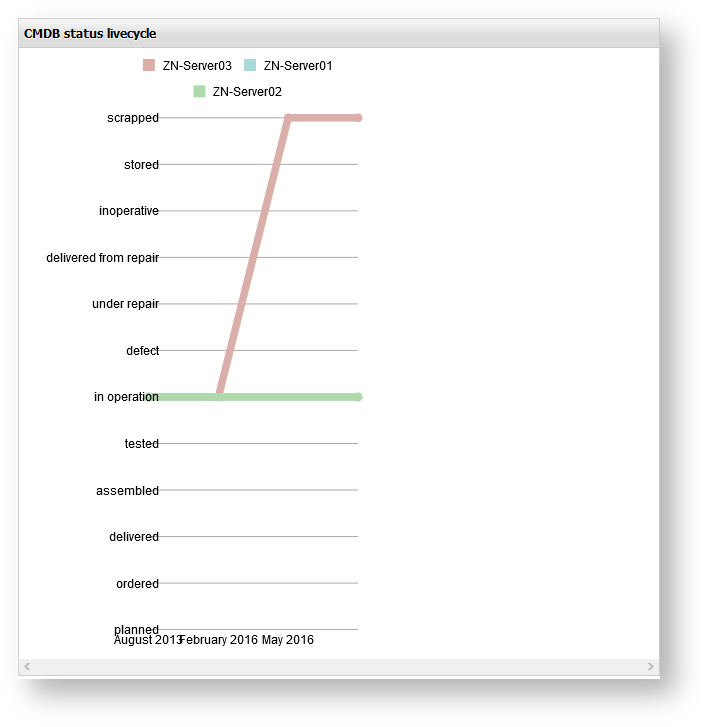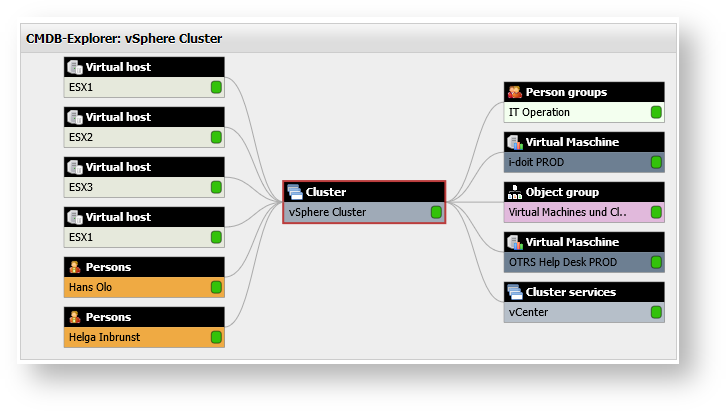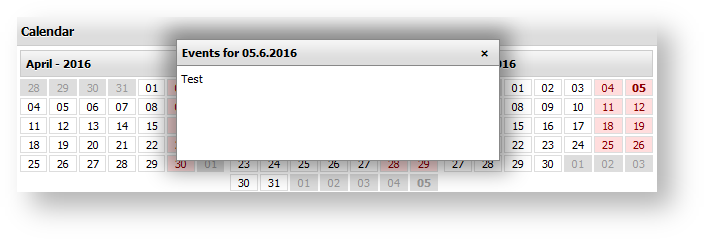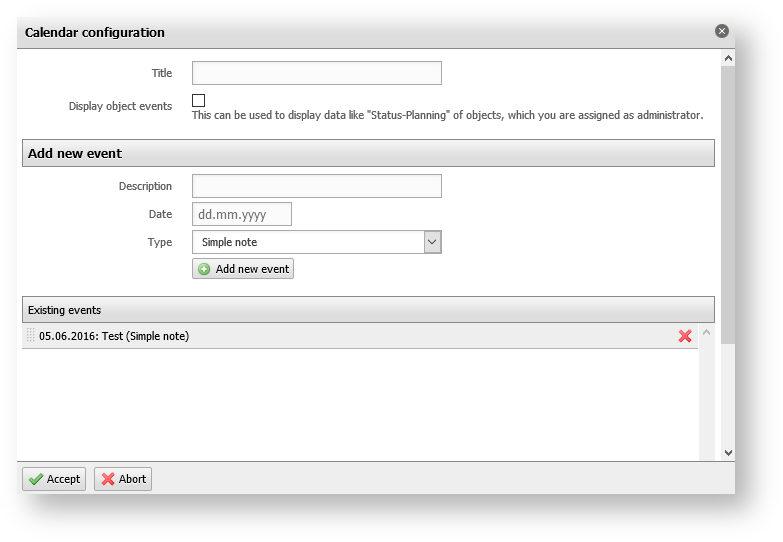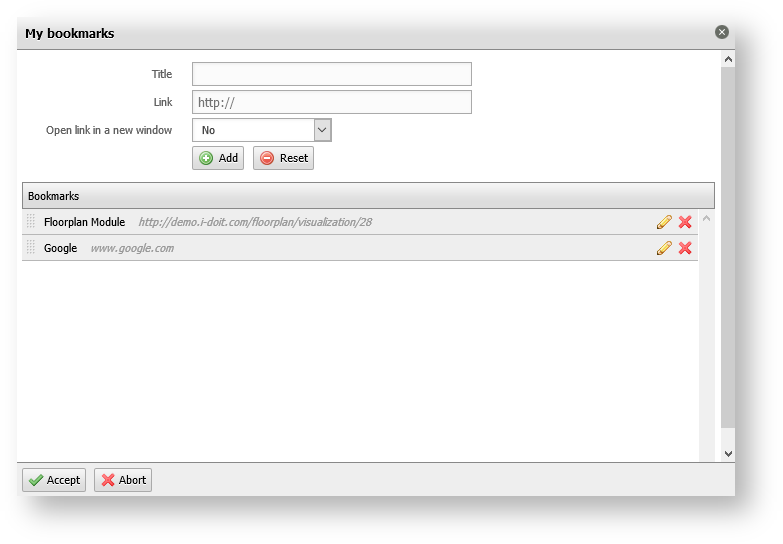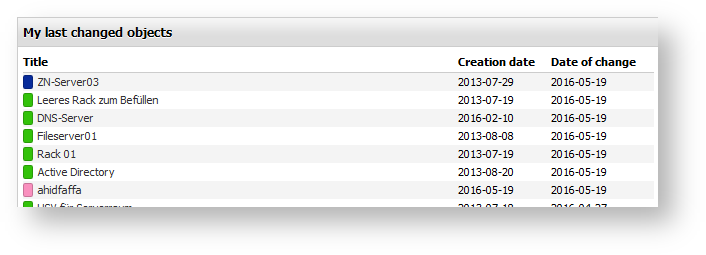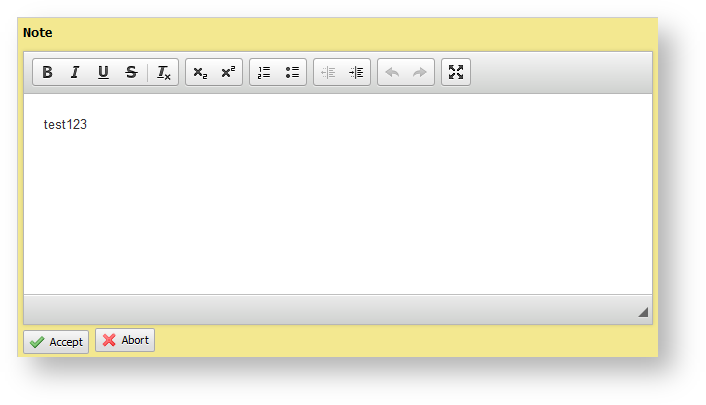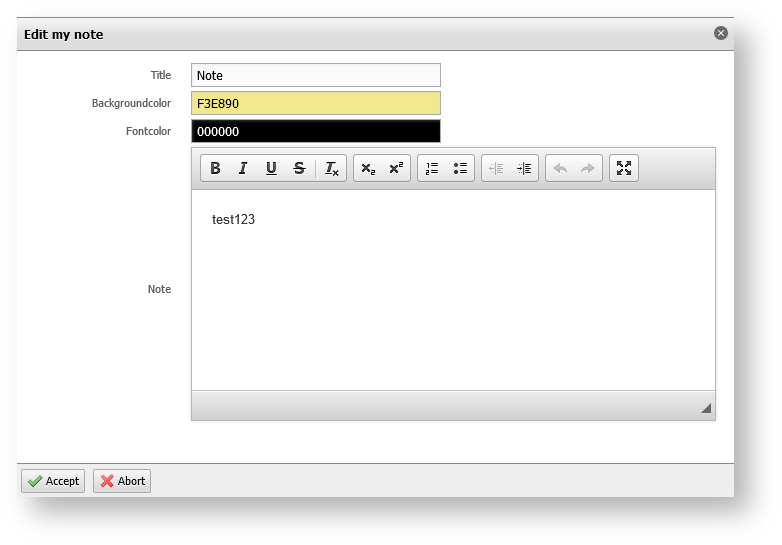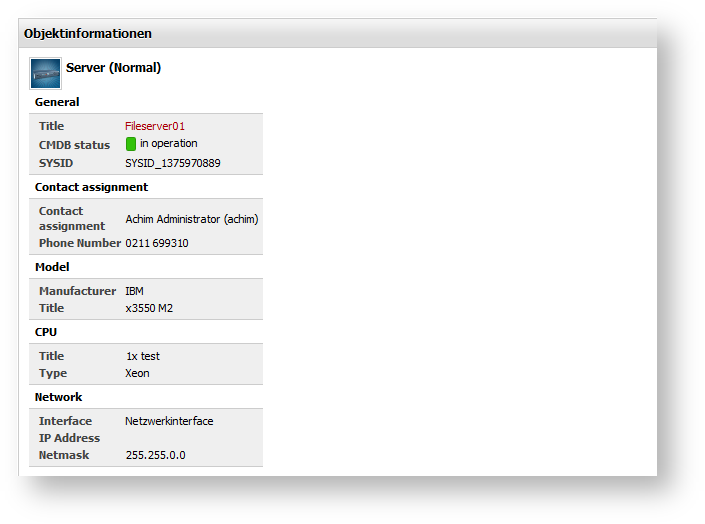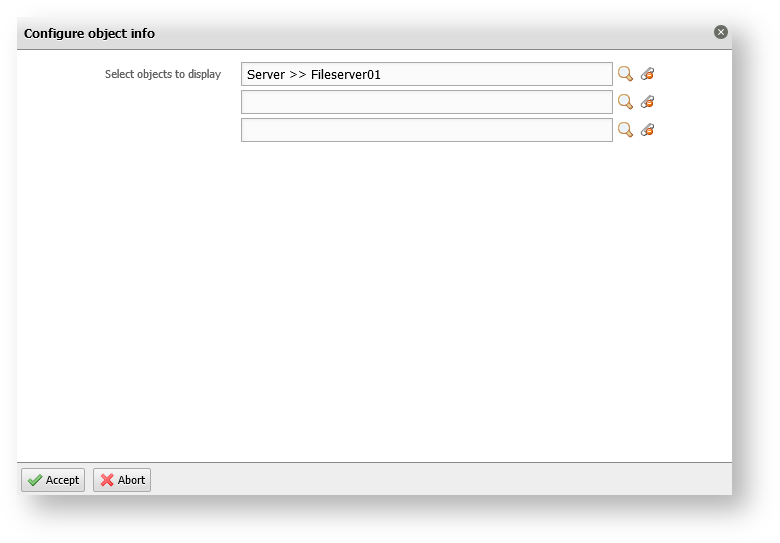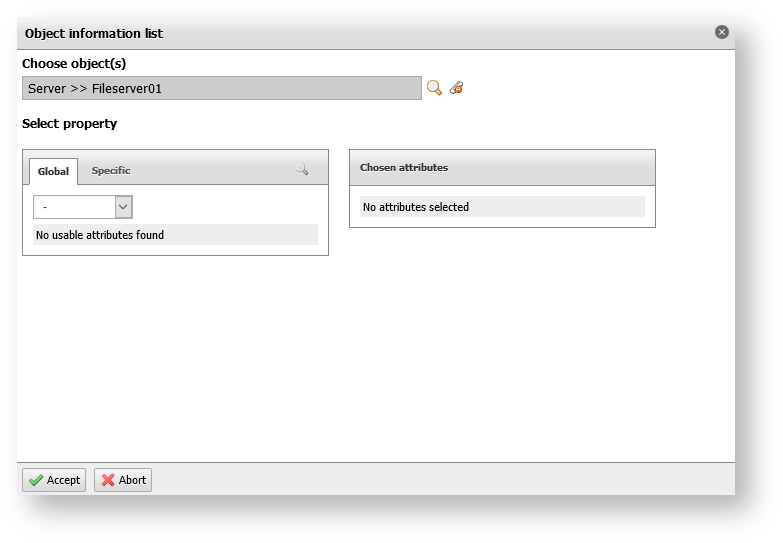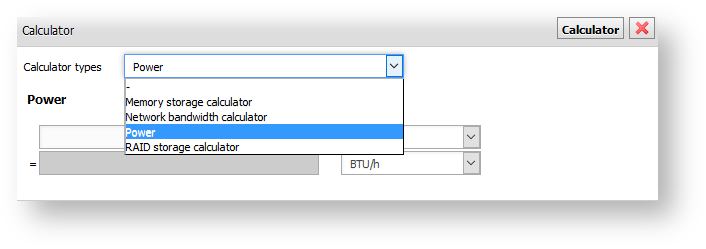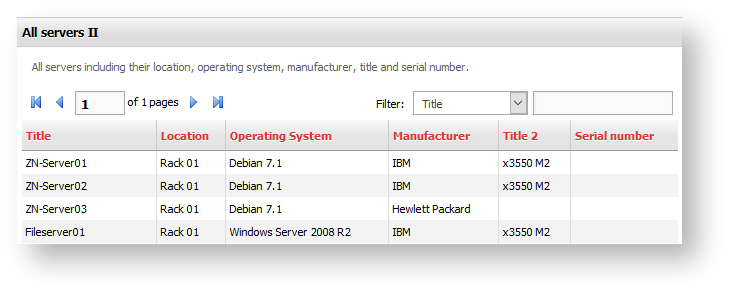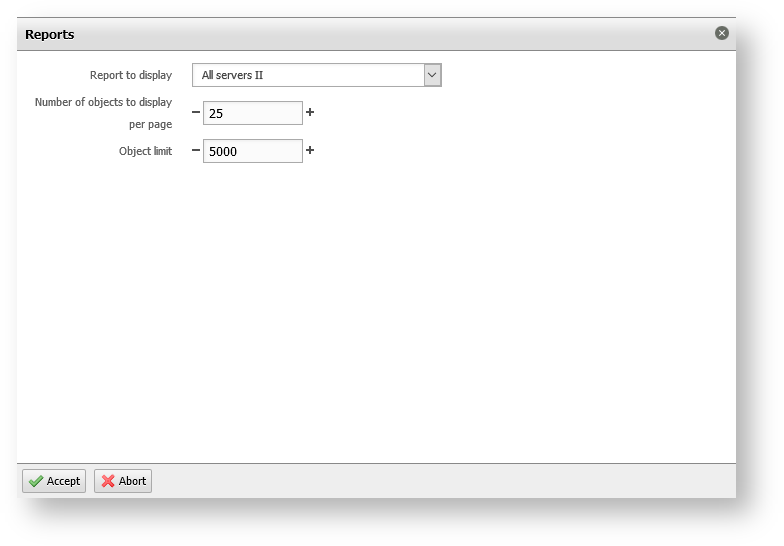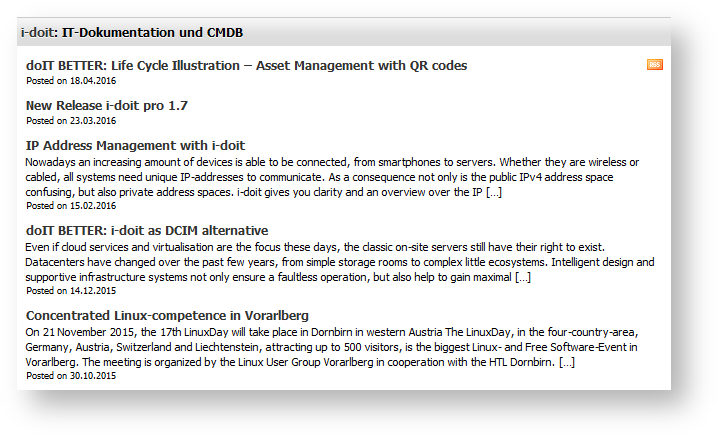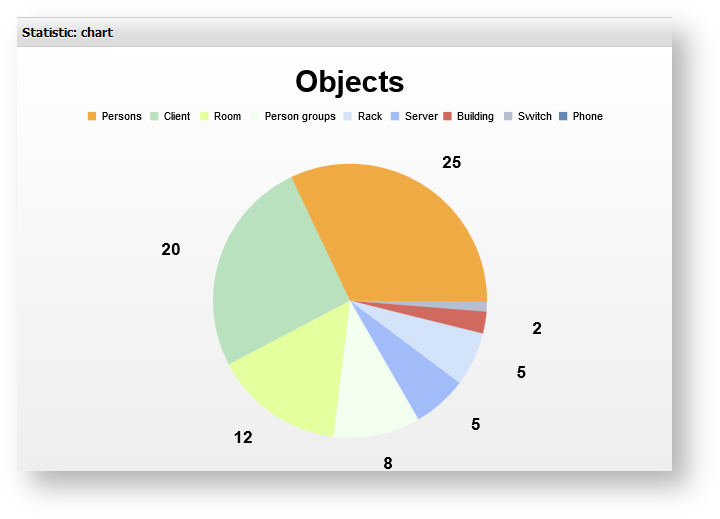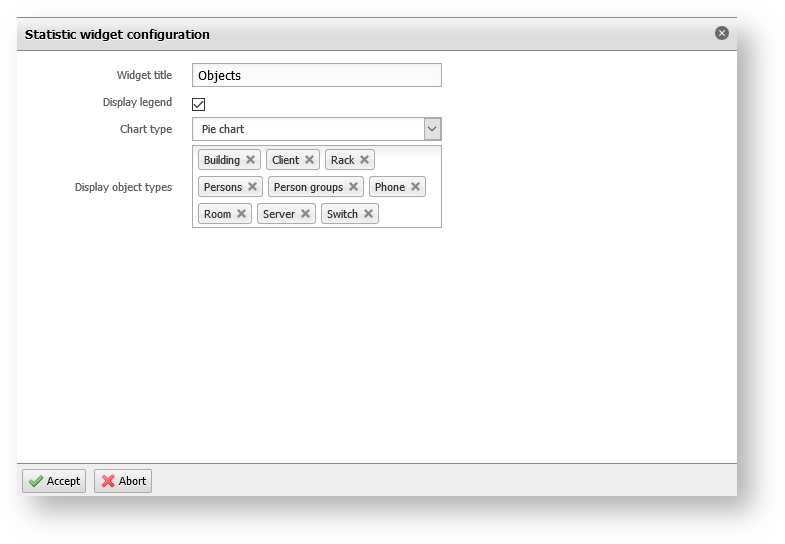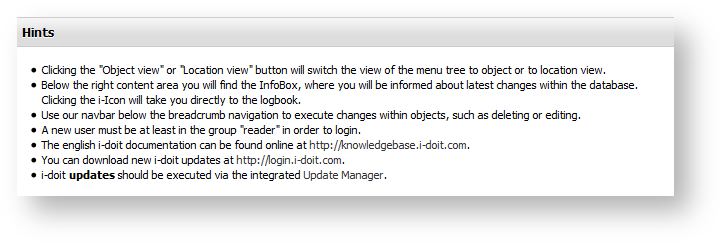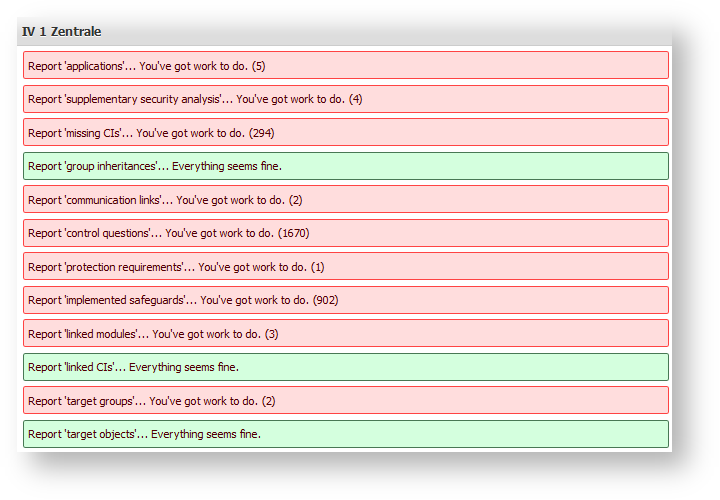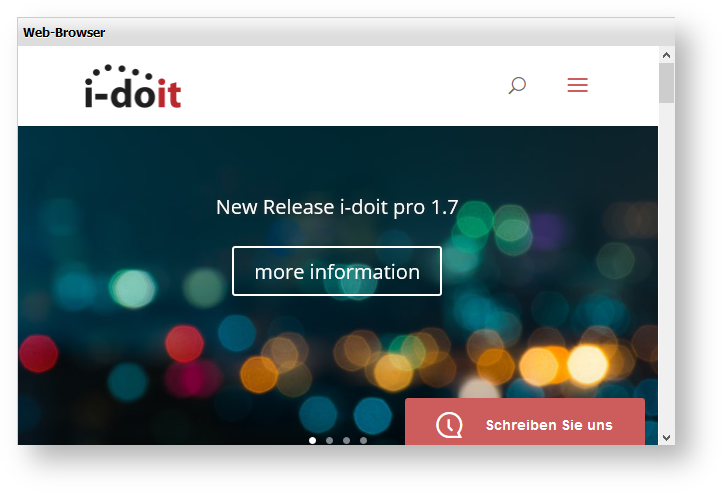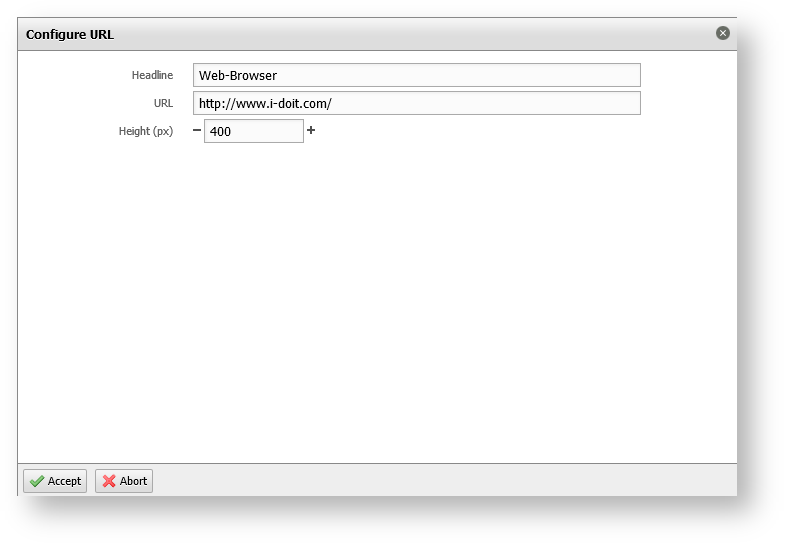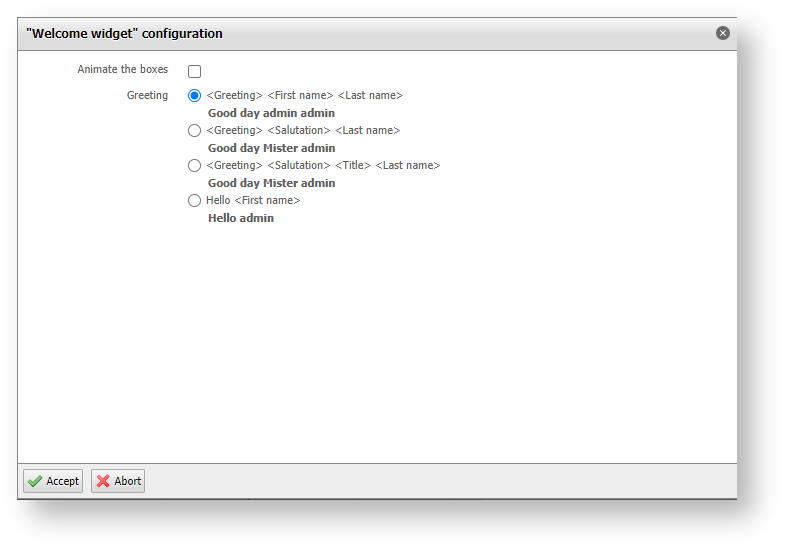Dashboard and Widgets#
To be provided with the most important information upon signing in to i-doit you can customize your dashboard with useful widgets. Each user in i-doit has his own dashboard and can personalize his own view of data. Should you have set up the "ultimate" dashboard, you can even define it as default dashboard or transfer it to specific users.
Access#
You can reach the dashboard automatically after signing in to i-doit. Alternatively, you can click on the  symbol in the breadcrumb navigation or on the i-doit logo in the top left corner.
symbol in the breadcrumb navigation or on the i-doit logo in the top left corner.
Available Widgets#
Multi-selection
You can put individual widgets repeatedly on your dashboard, for example, to display multiple reports.
CMDB Status Lifecycle#
You can select one or more objects with help of the pencil and have their status history visualized in a graph.
CMDB-Explorer#
A smaller variant of the regular CMDB-explorer without extended features can be displayed here. For this purpose, select an object with the pencil which is loaded automatically when the dashboard is started.
Signed-in Users#
A list of all users who are signed in is displayed.
Calendar#
The calendar widget marks fixed dates or events in bold letters. For this purpose, a check has to be set via the pencil so that object dates, such as the status planning, are considered. It is mandatory to have the role of "administrator" for that particular object with a planned status, so that the calendar entry will be shown.
As an alternative, you can define your own dates or events which are then displayed in the calendar via the widget settings.
Bookmarks#
The bookmark widget allows you to set custom bookmarks for all kinds of addresses.
You can add new links using the pencil.
License#
You can examine the current status of your i-doit license in the license widget. The description texts are displayed horizontally by default.
A vertical display and a short version are selectable in the configuration which can be accessed via the pencil.
The short version looks like this:
My Last Changed Objects#
The objects last changed by the user who is signed in are displayed in this widget. The amount of shown objects can be configured using the pencil. The default value is 25.
Monitoring: Vulnerable Hosts#
This widget requires a connection to Nagios or Checkmk and displays a view of vulnerable hosts. Via the pencil you can select the host which is to be displayed.
Notes#
You can put all your text notes on your dashboard by using the notes widget.
You can add or edit notes simply by double-clicking.
By using the pencil symbol you can set up the title, background and font color as well as edit the text.
Object Info#
The widget displays a standard set of information for up to three objects which are configured via the pencil.
Object Information List#
You can select one or more objects via the object list using the pencil symbol and decide which attributes are going to be displayed from the various categories.
Quicklaunch#
This widget is a compilation of frequently needed features.
Calculator#
If you wish to calculate the performance, the bandwidth, a RAID or storage capacity, then the calculator widget will be a fitting tool for your dashboard.
Report#
Reports of any kind can be viewed in the report widget.
Using the pencil, you can select a report and set limits. A restriction can benefit the performance of the dashboard.
RSS-Feed#
With the help of the RSS-feed widget you can integrate a feed into your dashboard.
Via the pencil you can configure the address and the amount of displayed entries.
Service Consistency Check#
The consistency check examines the status of objects which are part of a service. Its purpose is to find a status among those objects which might threaten the status of the service. In our example, the objects are all in the CMDB status "stored", which is why the superordinated service might be threatened.
Performance
Please note that the performance of the dashboard may be negatively affected in case of many services and documented relationships.
The consistent services can be shown in the configuration.
Statistic: Chart#
The statistic chart examines the object types configured via the pencil and displays them in one of many different ways. In our example you can see a pie chart.
Statistic: Tabular#
Hints#
VIVA Reports#
For these reports you have to install the VIVA module and need to document information groupings. An information grouping can be chosen via the pencil in the widget.
Web-Browser#
This widget is a browser within the browser.
Using the pencil you can add a headline to the widget and add an URL which will be opened upon loading the dashboard. You can also configure the height of the widget in order to display longer websites properly.
Welcome Widget#
This widget welcomes you depending on how it was configured via the pencil. It provides useful information regarding the design of the dashboard. Here it is easy to see how the widgets will be arranged on the dashboard after adding them.
